Discover the unique educational traditions of Japan, a country renowned for its rigorous educational system and deeply rooted cultural practices. In this article, we'll explore the different facets of schooling in Japan, from daily rituals to school uniforms, highlighting what makes the Japanese educational experience so special.
Educational values at the heart of the Japanese school system
The Japanese education system is deeply rooted in the values of respect, discipline, and collective responsibility. These principles are not simple expectations but are rigorously integrated at all levels of the educational journey. From an early age, students are encouraged to adopt "Ganbaru", which promotes perseverance and sustained effort. This concept is central not only in their academic career but also extends to all facets of their lives, emphasizing the importance of tenacity and personal commitment to the objectives set.
At the same time, mutual respect is taught as a fundamental value, not only towards teachers and elders, but also between peers and towards the environment. This value is instilled on a daily basis, through practices such as respectful greetings at the beginning and end of classes, and through activities such as collective cleaning tasks. These activities teach students the importance of cleanliness, care of shared spaces, and collaboration, thereby preparing young people to become conscientious and respectful citizens in a harmonious society.

The structure of Japanese education
The Japanese education system is organized into several key stages, structured to provide a rigorous and comprehensive framework for the development of young people. Education begins in early childhood with "yochien" (kindergartens), which welcome children from the age of three and focus on play and social learning in preparation for entry into primary school. Then, elementary school, or “shogakko,” lasts six years and is the first phase of compulsory education, where students learn academic fundamentals as well as important life skills.
Following elementary school, students progress to "chugakko" (junior secondary school), which lasts three years. This period is crucial because it prepares students for the challenges of "kotogakko" (senior secondary school), also lasting three years and which completes compulsory education inJapan . The curriculum at these secondary schools is more specialized and intensive, often with an increased focus on academic performance in preparation for college entrance exams, an extremely competitive process known as "exam hell." High schools can be general or specialized in certain disciplines such as science, arts, or technology, allowing students to begin to direct their educational path according to their interests and professional goals.

School uniforms: symbol of equality and pride
In Japan, school uniforms are much more than just clothes worn to school; they are a powerful symbol of equality, order and institutional pride. First adopted in Japanese schools in the 19th century to establish a sense of uniformity and to decrease social barriers, uniforms have become an essential part of school culture. Typically, these uniforms, often inspired by European military outfits of the time, include pants and a military-style jacket for boys, called "gakuran", and for girls, a pleated skirt. and a jacket with a blouse, known as "seifuku". These outfits are designed to reflect the values of discipline and respect that are deeply rooted in Japanese education.
In addition to promoting equality, school uniforms in Japan are worn with great pride by students, who see it as an expression of their belonging to their school and a fulfillment of their obligations to that community. Each school has its own uniform design, which not only reinforces the school's identity but also cultivates a sense of belonging among students. On ceremonial days or during special events, students often wear a "hakama" or other traditional forms of uniform, showcasing the rich traditions of Japanese dress. Caring for and wearing these uniforms correctly is taught from a young age, reinforcing lessons of personal responsibility and respect for community standards.

Daily rituals: more than just routines
Daily rituals in Japanese schools transcend simple routine to become enriching practices that teach discipline, cooperation and mutual respect. Among these rituals, the most emblematic is probably "soji", the daily cleaning of classrooms and common areas by the students themselves. This cleaning is not seen as a chore, but rather as an educational activity that instills values of responsibility and care for the shared environment. Students learn the importance of order and cleanliness, which are considered essential in maintaining an atmosphere conducive to learning.
Another significant ritual is the morning ceremony, where all students gather for readings, announcements, and often to sing the national anthem. This daily moment reinforces the feeling of community and allows students to start the day with a feeling of seriousness and unity. Additionally, the greeting ritual at the beginning and end of each class, where students stand to respectfully greet the teacher, highlights the importance of respect for authority and for educators. These practices are intended to strengthen harmonious and respectful relationships, essential in Japanese society.

Annual school events: celebrating community and tradition
Annual school events in Japan play a crucial role in educational life, strengthening the community fabric and celebrating cultural traditions. Among the most emblematic of these events is the "Undokai", or the sports day, which is more than just an occasion for sporting competition. This event is a large community celebration, involving students of all ages as well as their families, and is prepared months in advance. Students participate in a variety of activities ranging from relay races to traditional dances, with each activity designed to promote team spirit, cooperation, and school pride.
Another significant event is the "Bunkasai", or cultural festival, which transforms schools into centers of creative activity where students exhibit their artistic works, perform in plays theater, and participate in concerts. This festival is a celebration of creativity and provides students with a platform to express their diverse talents. These festivals are not only talent exhibitions, but also opportunities for students to learn how to organize events, work in teams, and engage the community, strengthening ties between the school and the surrounding neighborhood.

Contemporary challenges of the Japanese education system
The Japanese education system, while being one of the most successful in the world, faces several contemporary challenges that require continued attention and reform. One of the main challenges is the intense academic pressure often placed on students from a young age. This pressure, exacerbated by preparing for the extremely competitive entrance exams for high schools and universities, can lead to significant stress and mental health problems among students. The phenomenon of "juku" — after-school tutoring schools — illustrates this culture of overwork, where students spend long hours of extra studying to ensure their academic success.
Another major challenge is adapting to educational needs in a rapidly changing society. With the advent of technology and changes in the overall economic landscape, there is increasing pressure for the Japanese education system to be more flexible and innovative. Critics often point to the rigidity of teaching methods and a curriculum that can sometimes seem outdated in the face of skills demanded in the modern world, such as critical thinking, creativity, and the capacity for innovation. In response, the Japanese government initiated several reforms aimed at integrating more creative thinking and problem solving into school curricula.
These challenges are crucial not only for the well-being of students but also for the economic and social future of Japan. The country's ability to maintain its status as a global leader in education and innovation depends on its ability to address these issues while preserving the beneficial aspects of its traditional education system.
We are coming to the end of this article, now school in Japan no longer holds any secrets for you! We can easily say that it is a mirror reflecting the deeply rooted values of Japanese society: respect, discipline, and community. Through its rigorous educational structures and enriching rituals, the Japanese school system prepares young people to become respectful and diligent members of society. However, facing contemporary challenges such as intense academic pressure and the need for educational innovation, Japan is at a crossroads, seeking to adapt its educational traditions to the modern era. Navigating between respecting legacies and embracing necessary changes, Japanese education continues to fascinate and inspire, offering valuable lessons on how to cultivate both excellence and student well-being.







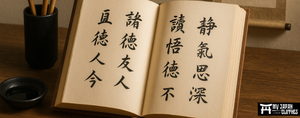

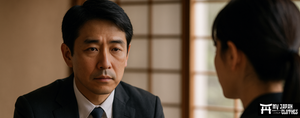

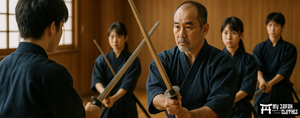

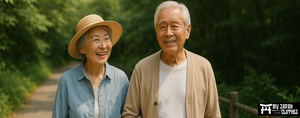
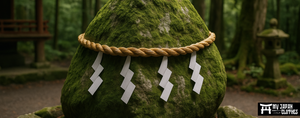
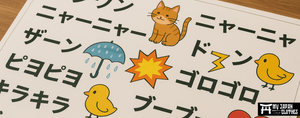
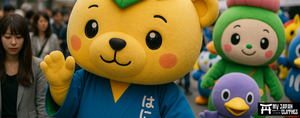
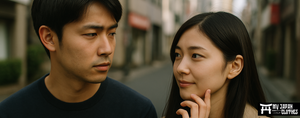
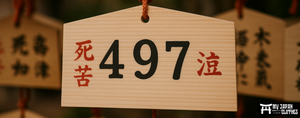
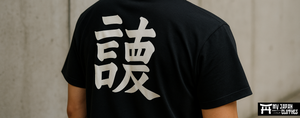




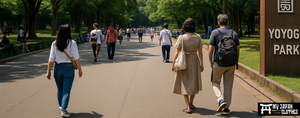

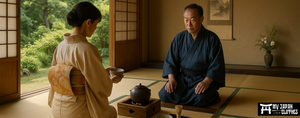
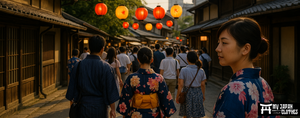
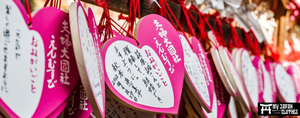




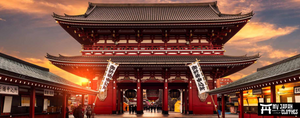
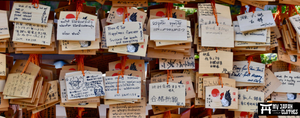
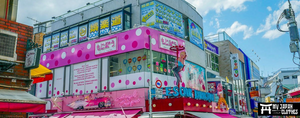
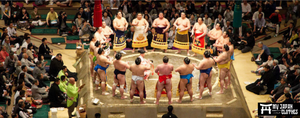













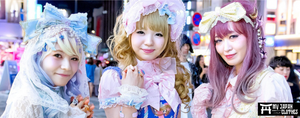

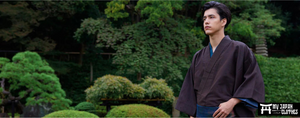
Leave a comment